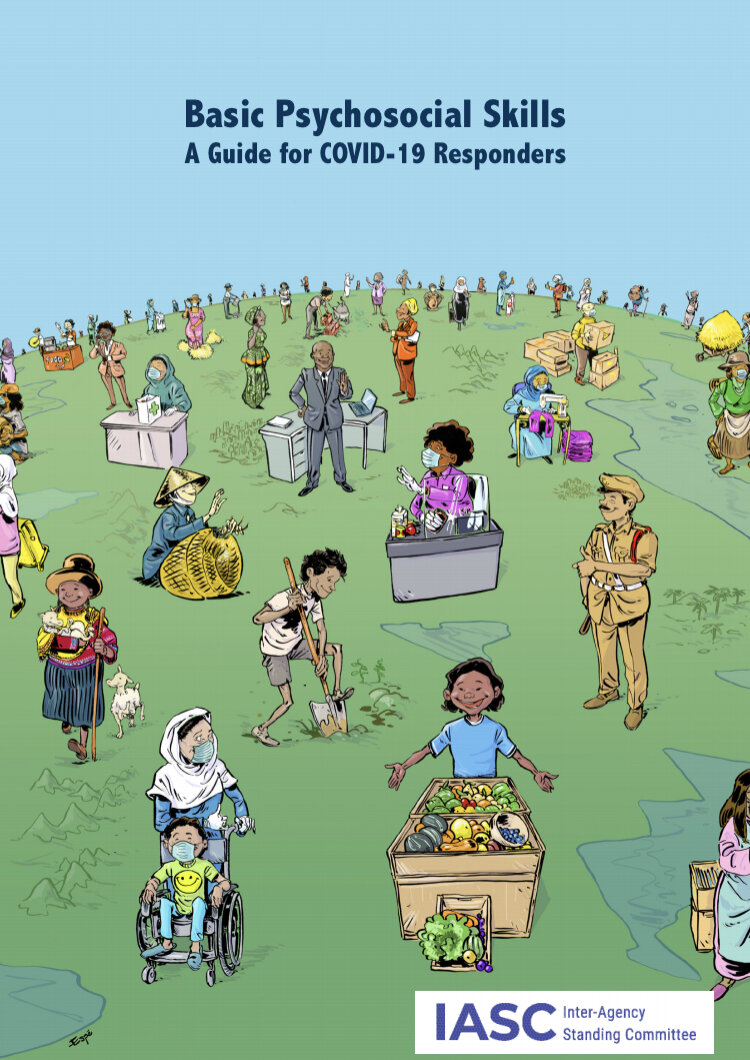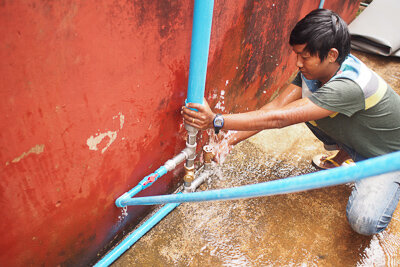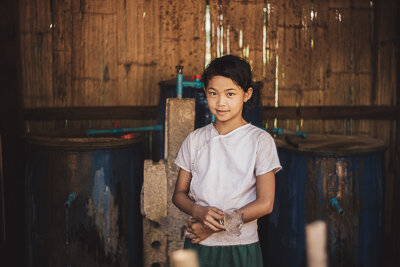Opportunities in a post-tourism Myanmar
/When we entered the tourism space with the launch of Myanmar Adventure Outfitters in 2015, our vision was to create opportunity in isolated communities through introducing a new sector. In our 5 years of operating tours, we’ve pushed further out, worked in a couple dozen communities quite closely, inspired a lot of supplementary economy in communities where fewer opportunities exist. Our outlook was bullish, but COVID came, wreaking of havoc the world over, and no industry harder hit than travel and tourism. Definitely not the sector that could weather a pandemic, so like many in Myanmar, our MAO came to a crashing halt, as did the economic opportunities in our stakeholder communities. A year later with potential of a post-COVID economic recovery on everyone’s mind, political upheaval has shaken Myanmar far more than COVID. Expectations for the future are non-existent for most in Myanmar, and the economy is in upheaval while much of the world is in economic recovery.
But here we are in Lashio, still with the same vision in mind as when we started 6 years ago, to create opportunity in isolated communities. Tourism no longer, and not much expectation for a future in tourism-generated economy in our stakeholder communities, we are still here, and still wanting them to succeed, for needs to be met and to do whatever we can to support these communities who through isolation have fewer opportunities. Now with COVID lockdowns in major centers, and political distress and mounting inflation, times are very tough. MAO has some ventures that we are working on, but will leave that for another time.
But for now, the communities we’ve worked with have intense need. In the past several months, Lashio experienced its first COVID surge, resulting in a lockdown of the city, market closures, and people in villages unable to bring produce from gardening or foraging the jungle to sell in the city. Some of our communities are Tai, most of whom live in rice paddy valleys, and so although there is good farmable land around, there are some still in need in these communities as well, like the elderly or disabled, single parent households, or those without farmland. In Ta’ang mountain-top communities, they have difficult steep mountain side farmland which is typically used for growing mountain rice for personal consumption. With COVID lockdowns in Lashio, they cannot earn income from foraging of young bamboo, mushrooms and stone ginger to sell in Lashio’s markets. In this COVID lockdown season, compounded by political and economic upheaval, this year has been harder than most.
We know there is intense need for just the necessities these days. Additionally, although COVID has mostly stayed outside the villages, with Lashio loosening its boundaries, COVID will eventually make its way to isolated communities as well, and without knowledge about the pandemic and how to treat COVID, we feel we must do what we can to help meet current needs and prevent future medical catastrophes. MAO has always reserved a portion of our profits for community projects, and we still had a significant budget dedicated to that even after a COVID year with no tourism, and so we began to support communities with what we had with a three-pronged approach:
COVID EDUCATION AND MEDICINE
Most communities know very little about COVID. Their plan has been to prevent the spread by locking down, but most have no plans about how to manage and prevent the spread once it makes its way into the community. We have developed a training that we have been giving to village leaders and one who is designated as a community nurse. The training covers mental health for those caring for COVID patients, how to care for people in a home environment, and then how to medicate minor cases and severe cases where patients cannot breathe well. As we know that they don’t have access to medicine in their isolated communities, we provide basic items like a pulse oximeter, paracetamol, and oral rehydration salts, and then have put together medicine prescription packs that they can give for those who cannot breathe well, and come up with a plan on how to get patients to oxygen or oxygen to their community. These are simple things we can do to help them manage COVID when and if it makes its way to their isolated communities. We want them to be thoughtfully prepared for a worst case scenario. If you are interested to use the same resources, we’ve linked access to download at the bottom of the post.
FOOD DISTRIBUTION
In relating with leadership in villages we work in, we and they have assessed the needs. Generally those with greatest need are those without much cultivatable farmland. For some communities this is caused by geographically living on the top of a mountain. Endemic to this area are conflicts resulting in internal displacement, which creates an urgent need, and also typically means that the area they are displaced in is one in which they don’t own cultivatable land. Then there are those who have other factors working against them: elderly, single parents, etc… Through assessing of where there is greatest need, we’ve been raising funds and purchasing an emergency supply of food for a household that includes 12kg of rice, 2L of cooking oil, 1.5kg of salt, 3 cans of fish, and 2kg of beans. For some communities, we can get the food all the way to their village, but for mountain top Ta’ang communities, with no road access, its a community effort that requires many people to come down the mountain, collect the food and hike back up the mountain. If you would like to give locally, contact us on Facebook or call us at 09423067429. If you would like to give internationally, follow the prompts at www.linktr.ee/maoutfitters or email us at impact@myanmaradventureoutfitters.com.
CLOTHING & BLANKETS DRIVE
Seeing a need for clothing and blankets for the coming winter season, we launched a grassroots clothing and blanket drive in Lashio on our FaceBook page. We were expecting a modest response, but have been overwhelmed by the amount of generous people from around Myanmar who have joined our Lashio community with giving what they have to help those in need. We have received many donations from Lashio, Yangon, Mandalay, Kachin State, even as far away as Mon State. The outpouring of generosity has enabled us to do 2 clothing and blanket distributions in 3 isolated Ta’ang villages, and we are still getting more and more clothing each day. Below is a graphic showing the donations received thus far. We are tracking everything, and doing out best to manage your generosity with care. We are so thankful by the generosity of our local Myanmar community. If you would like to give, contact us on our Facebook page, or call us at 09423067429.
REPORTING
FOOD & COVID RELIEF (MMK)
WE RECEIVED MOST DONATIONS IN USD OR CAD, BUT EXPENSES FOR FOOD AND COVID RELIEF WERE IN MMK.
243 HOUSEHOLDS | 9 VILLAGES
FOOD RELIEF
243 Bags of Rice (12kg)
243 Bags of Beans (2kg)
243 Bottles of Cooking Oil (486L)
243 Bags of salt (365kg)
646 Cans of Fish
243 HOUSEHOLDS
COVID RELIEF
40 Critical Care Medicine Packages for Severe COVID cases
7 Basic Care Medicine Packages including, Paracetamol, ORS, & Oximeters
16 Oxygen Regulators to fit oxygen bottles
9 VILLAGES: 3 Tai, 4 ta’ang, 1 wa, 1 lahu / Lisu
SEPTEMBER CLOTHING & BLANKET DONATIONS
20+ DONORS FROM LASHIO, YANGON, & MANDALAY





















